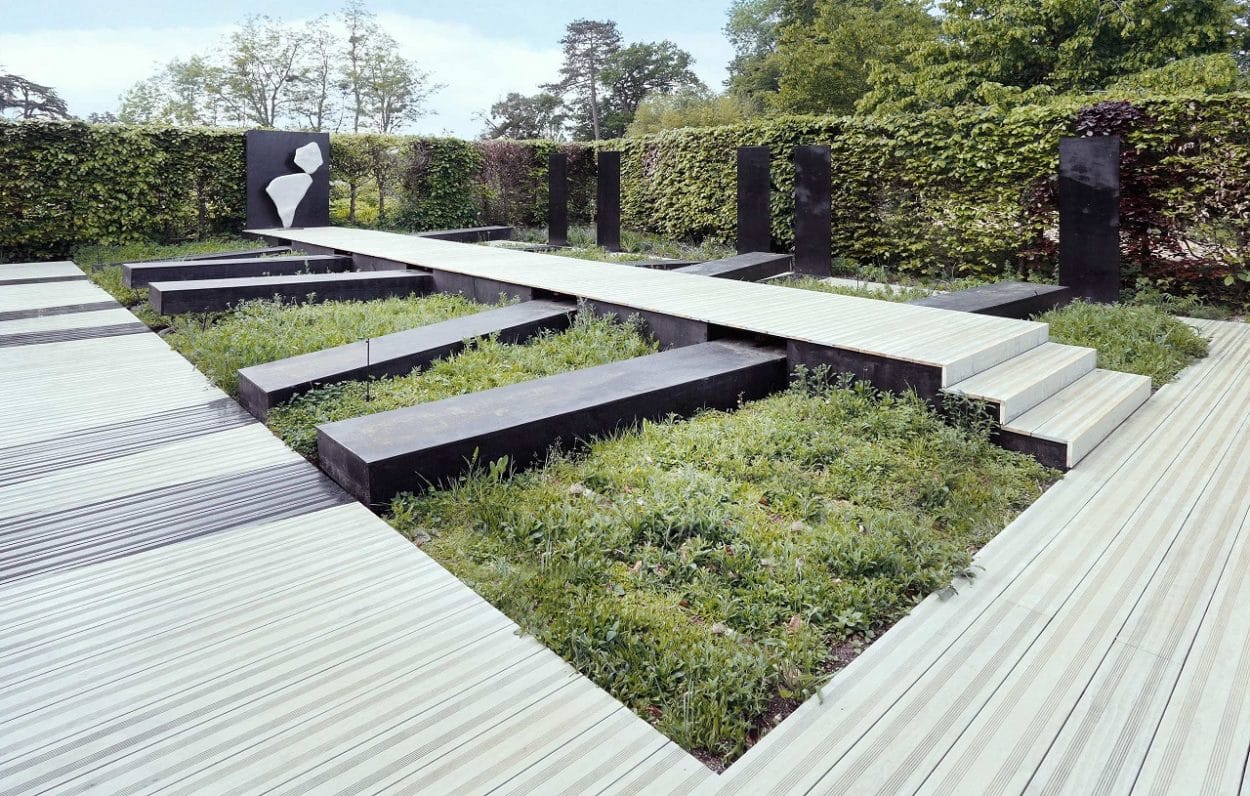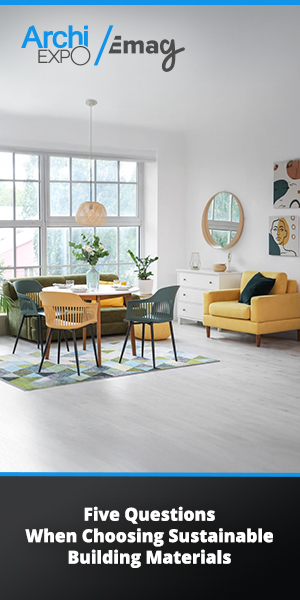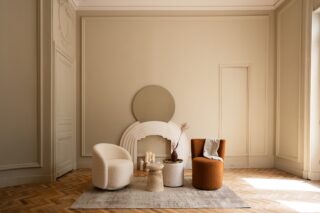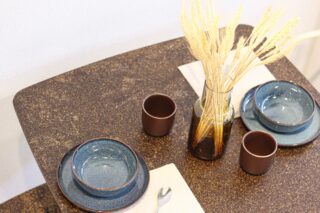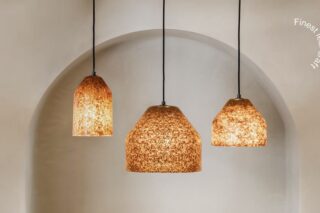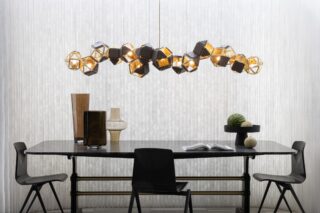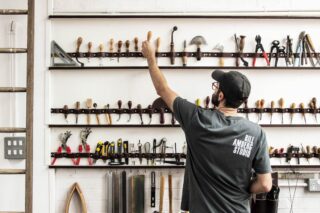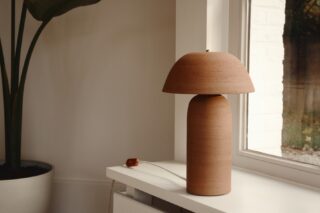An abundance of wood products brought nature to the trade fair. We were handed a square wooden block at one of the stands. The award-winning Accoya wood felt smooth, so we spoke to Mathieu Blanc, sales manager at Accoya, for more details.
ArchiExpo: What is Accoya wood?
Mathieu Blanc: We modify wood at the molecular level via a molecular chemical process. It isn’t toxic. It alters the cell membranes, such that the hydroxide molecules that foster rot, swelling and shrinkage of the wood, are changed into acetyl molecules. For this reason, the process is called acetylation.
It allows us to transform fast-growing plantation wood into wood with characteristics superior to those of tropical woods. The product is extremely durable and offers far better dimensional stability than any other wood on the world market. It won’t change size or curl, making it good for windows.
On the environmental side, it’s carbon negative. We have the gold Cradle-to-Cradle certificate, a respected international standard. We also have the Nordic label and others in numerous countries.
ArchiExpo: How about aesthetics?
Blanc: It’s still wood, but with attractive characteristics. Paint and other coatings will last longer on Accoya than on traditional woods because there’s no dimensional variation. It has a very good thermal conductivity quotient, which is particularly advantageous for windows. Traditionally, durability required the use of exotic woods, which are much more conducive. It’s also suitable for terraces and furniture.
ArchiExpo: How do architects view Accoya?
Blanc: Architects and designers want a stable, durable wood with attractive environmental characteristics, too. They don’t want something from equatorial or Amazonian forests that takes 500 years to grow and is over-harvested. We have to find alternatives to all these exotic woods. We need wood from forests that are sustainably managed.
We need knot-free wood in order to compete with exotic species with design attributes. The branches have to be cut off as the tree grows. This wood grows very fast, improving carbon storage.
ArchiExpo: What types of woods can be used to make Accoya®?
Blanc: In general, European woods, even pine and Norway spruce take 120 years to yield two cubic meters. We’re using wood that gives us five cubic meters in 125 years. It stocks a huge amount of carbon in a short time. Even if the wood comes from far-away plantations, the carbon emissions are tiny in terms of the overall process. Just because it comes from far away, doesn’t mean it’s a negative factor. It’s better than deforesting the Amazon basin. We import to Holland, [where the factory is].
